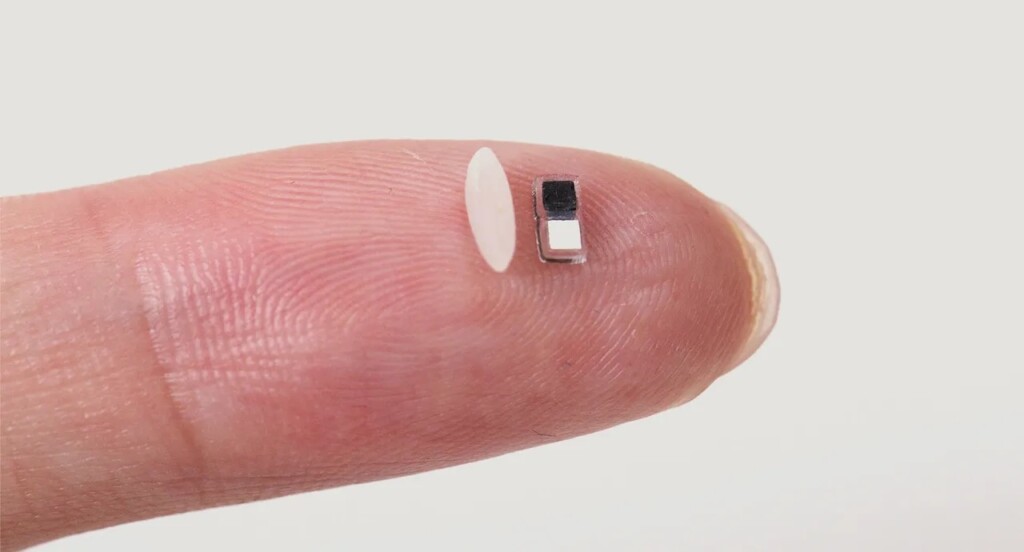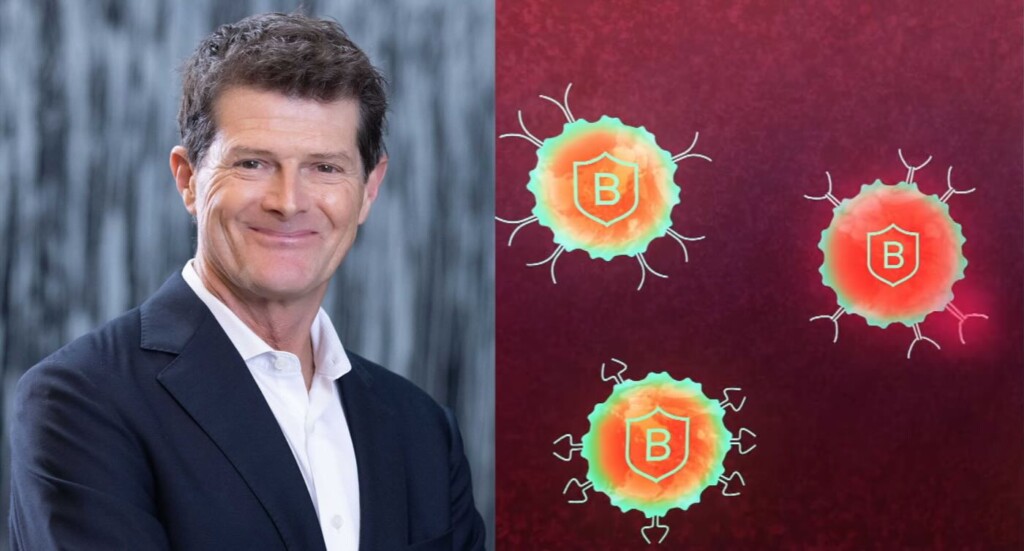
World’s smallest pacemaker next to a grain of rice – Credit: John Rogers / Northwestern University press releaseNorthwestern University engineers have developed a pacemaker so small that it can fit inside the tip of a syringe and be non-invasively injected into the body, according to a new study published in Nature.Although it can work with hearts of all sizes, the pacemaker is particularly well-suited to the tiny, fragile hearts of newborn babies with congenital heart defects.A pacemaker is an implantable device that helps maintain an even heart rate, either because the heart’s natural cardiac pacemaker provides an inadequate or irregular heartbeat, or because there is a block in the heart’s electrical conduction system.Smaller than a single grain of rice, the pacemaker is paired with a small, soft, flexible, wireless, wearable device that mounts onto a patient’s chest to control pacing. When the wearable device detects an irregular heartbeat, it automatically shines a light to activate the pacemaker.These short light pulses, which penetrate through the patient’s skin, breastbone, and muscles, control the pacing.Designed for patients who only need temporary pacing, the pacemaker simply dissolves after it’s no longer needed. All the pacemaker’s components are biocompatible, so they naturally dissolve into the body’s biofluids, bypassing...

